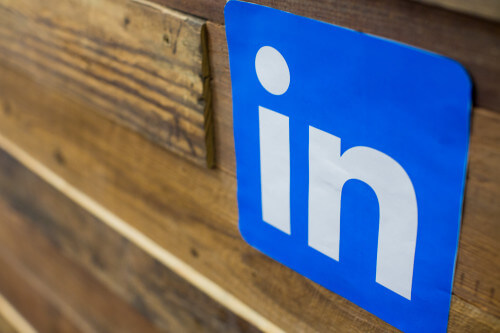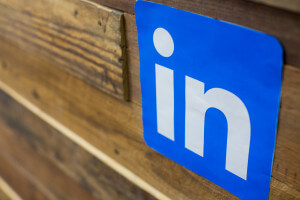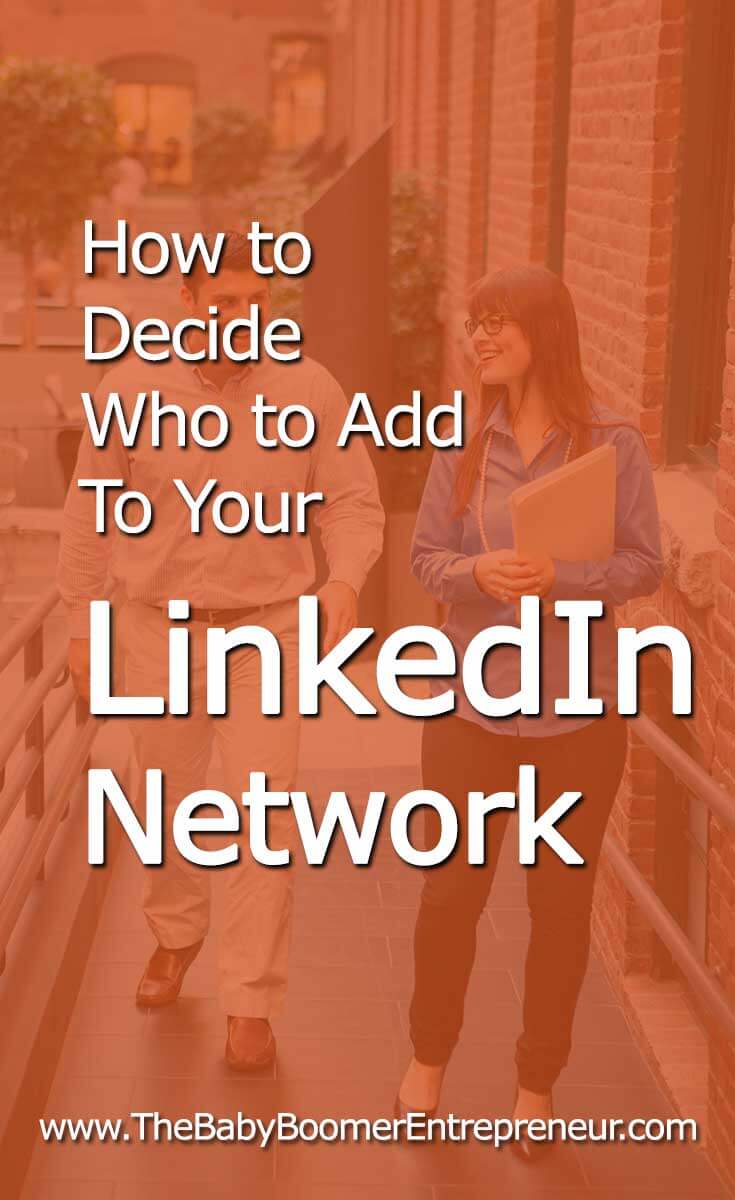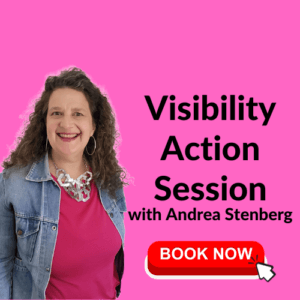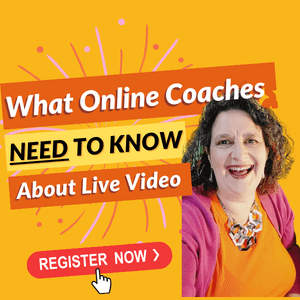If you’ve been reading this blog for a while, you probably already know that I’m mostly an open networker – I accept invitations even from people I don’t know. However, that doesn’t mean I want to randomly build my network with anyone and everyone. I want to connect with people who are truly interested in building relationships.
As my LinkedIn network grows, I’m beginning to become more selective about who I add to my network because I want to know who these people are. I’m becoming increasingly annoyed by people who send me invitations to connect who have obviously not taken the time to even peruse my profile.
On the other hand, I don’t want to miss opportunities to meet interesting and valuable contacts. Some of my closest business connections are people I “met” online and have never met in person
So how do I choose which invitations to accept and which to archive? When trying to determine my own personal LinkedIn connection policy, I asked my network for advice.
Six degrees of separation
Julie Gosnell Campbell agrees with me about open networking. She comments, “Remember six degrees of separation… that person you decline might be your connection point to the ungettable get… that person you have always wanted to meet.” The truth is you never know how someone can be of value until you get to know them.
Lars Anderson agrees that LinkedIn should be about building your network. When you do that, you have more sources for expertise or building your business. He says,“If you just want to hang with your friends use email or Facebook. If you want to find and meet new people to expand your connections then use LinkedIn and accept, accept, accept.”
Remember your goal
On the other hand, Peter Roome is more selective in building his network. “I think it is important to
keep your goal in mind and the real benefit of LinkedIn, namely the second and third degree contacts. Only accept an invitation if (a) you would be prepared to give this person an introduction to one of your primary contacts and (b) you would be prepared to ask this person to introduce you to one of their contacts.”Digging into second and third degree contacts of your network certainly is a valuable way of using LinkedIn. It allows you to meet that decision maker at the company you really want as a client or to connect with a thought leader in your field. If one of your connections won’t make an introduction, what value do they have in your network?
Connect to “real” people
Jayne Cravens continues on this theme. She says, “I use LinkedIn as my way to connect to *real* colleagues. Otherwise, it’s just yet another database of email addresses and names of people that have no real connection to me.”
In spite of this, Jayne doesn’t just ignore invitations from people she doesn’t know. Instead she asks them to connect via Twitter, Facebook, her blog or her email newsletter first. She also invites them to send her links to their blog or other content.
This way she still has an opportunity to get to know them. Once they’ve built a relationship, she may end up inviting them to connect on LinkedIn herself. But by then, they won’t be an anonymous contact; she’ll know exactly who they are.
Of course, knowing someone in person doesn’t mean they’ll make a great LinkedIn connection either. “I archived an invitation from someone I know in the real world because even though the person works in the same company I had no connection with him besides that,” says Vincent Vanderbent. “The person whose invitation I archived still has made no effort to connect in real life, so I don’t see a point in accepting the invitation. Don’t we each have a responsibility to uphold a certain quality standard in our own networks?”
Vincent has a valid point. If the person trying to connect with you can’t be bothered to walk down the hall to have a conversation with you, how likely is it that they’ll take any time to get to know you online either?
Conclusions
After seeing everyone’s comments I’m still in favour of open networking on LinkedIn, but I agree that there needs to be some filtering. I don’t want to connect with spammers or people who are only trying to build a large list, like they win a prize if they have the most connections.
Therefore, here is how I plan to conduct myself on LinkedIn:
- I still intend to connect with people I don’t know. I want to build my network and I never know who will be a good connection.
- That said, I want to build my network with people who want to get to know me and who want me to get to know them. If I receive an invitation from someone who has just sent the generic LinkedIn invite I will not immediately accept their invitation. Instead, I will reply, asking them how they found me and why they want to connect. If they don’t respond, I’ll archive them.
- Once I’m connected with people, I need to remember to take further time to read their profile, visit their blog or website, and really take the time to get to know this person.
Well, there you have it. My personal LinkedIn Connection Policy. What’s your policy? Please leave a comment and share your thoughts.
